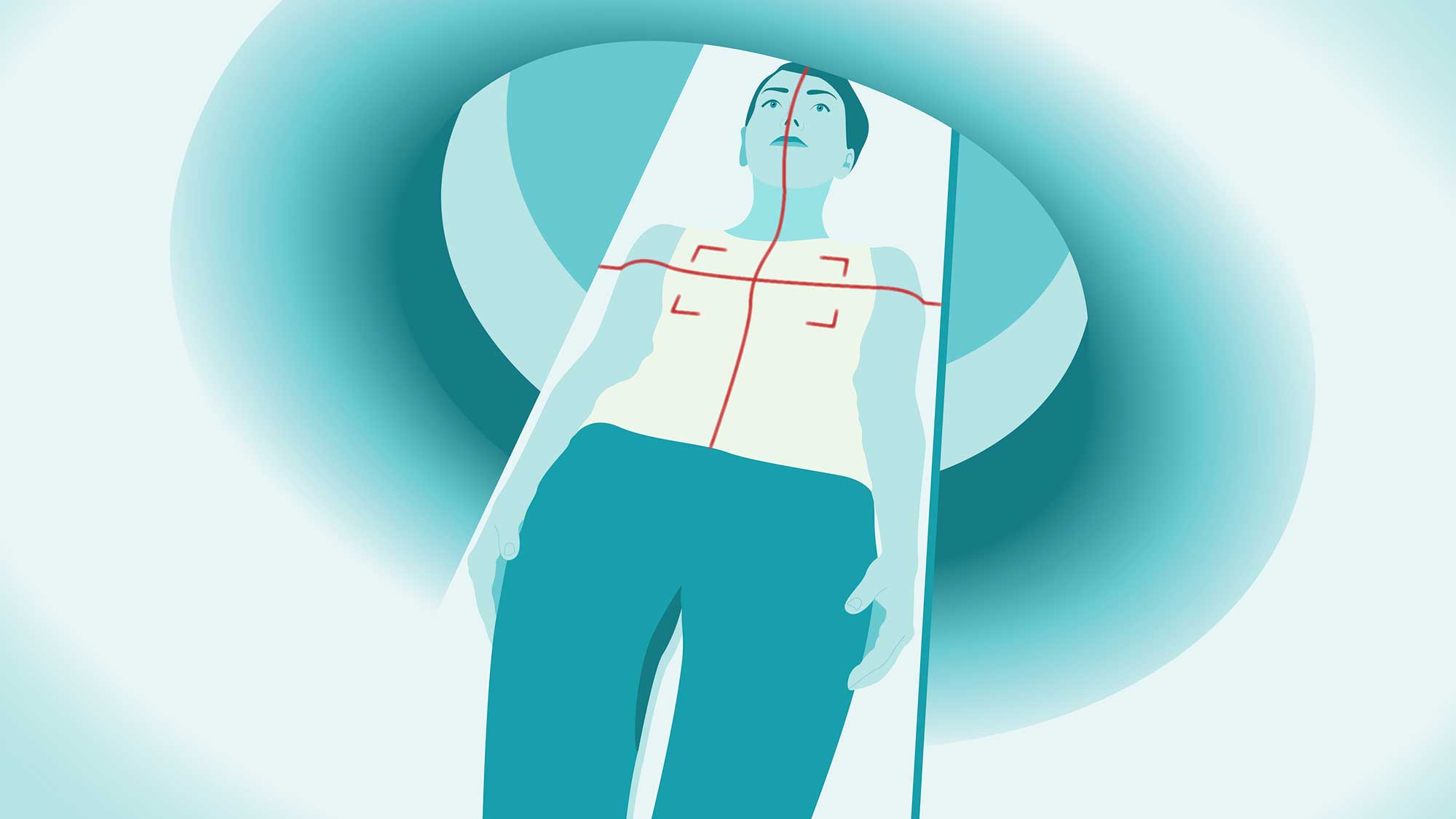Emerging Research Suggests Distinct Forms of Parkinson's Disease

Recent investigations into Parkinson's disease, a debilitating neurological condition, indicate the potential existence of two distinct variants of this disorder. This groundbreaking perspective could hold the key to the development of innovative treatments that are desperately needed to address the growing prevalence of this condition worldwide.
Dr. Per Borghammer, a neuroscientist with nearly two decades of experience in the field, experienced a pivotal insight while reviewing a research paper focused on REM sleep behavior disorder (RBD). This disorder causes individuals to enact their dreams, and it is frequently observed in patients who later develop Parkinson's disease. What intrigued Borghammer was the research team's approach; instead of concentrating their investigations solely on the brain, they shifted their focus toward the heart, specifically looking for signs of nerve cell depletion.
While Parkinson's disease has traditionally been associated with the loss of nerve cells in the brain, its effects extend beyond the central nervous system. Notably, neurons in the heart, which play a crucial role in managing autonomic functions like heart rate and blood pressure, are also impacted. Borghammer emphasized, In all of these patients, the heart is invisible; it is gone. This statement underscores the severity of neuronal loss in those with Parkinson's, particularly in the norepinephrine-producing neurons essential for heart function. Ironically, many of these patients had not yet been diagnosed with Parkinson's disease, and their brain scans appeared normal at that time.
What truly captivated Borghammer's attention was the realization that Parkinson's disease does not follow a uniform progression among all patients. While RBD serves as a strong predictor for developing Parkinson's, not every individual afflicted with Parkinson's experiences RBD. This inconsistency led Borghammer to conclude that there must be at least two distinct types of Parkinson's disease. One type appears to initiate with neuron depletion starting outside the brain, gradually impacting the brain itself, while the other type seems to confine neuron loss primarily to the brain from the onset. By 2019, Borghammers research had begun to gain traction, highlighting the importance of further investigation into this duality of Parkinson's disease.
The implications of these findings are profound, potentially reshaping not only our understanding of Parkinson's disease but also our approach to treatment. If these two types can be confirmed, it may pave the way for more targeted therapeutic strategies, ultimately enhancing patient care. As awareness of the nuances in the disease evolves, the medical community is hopeful that it will lead to improved management and outcomes for individuals affected by Parkinson's disease.

























